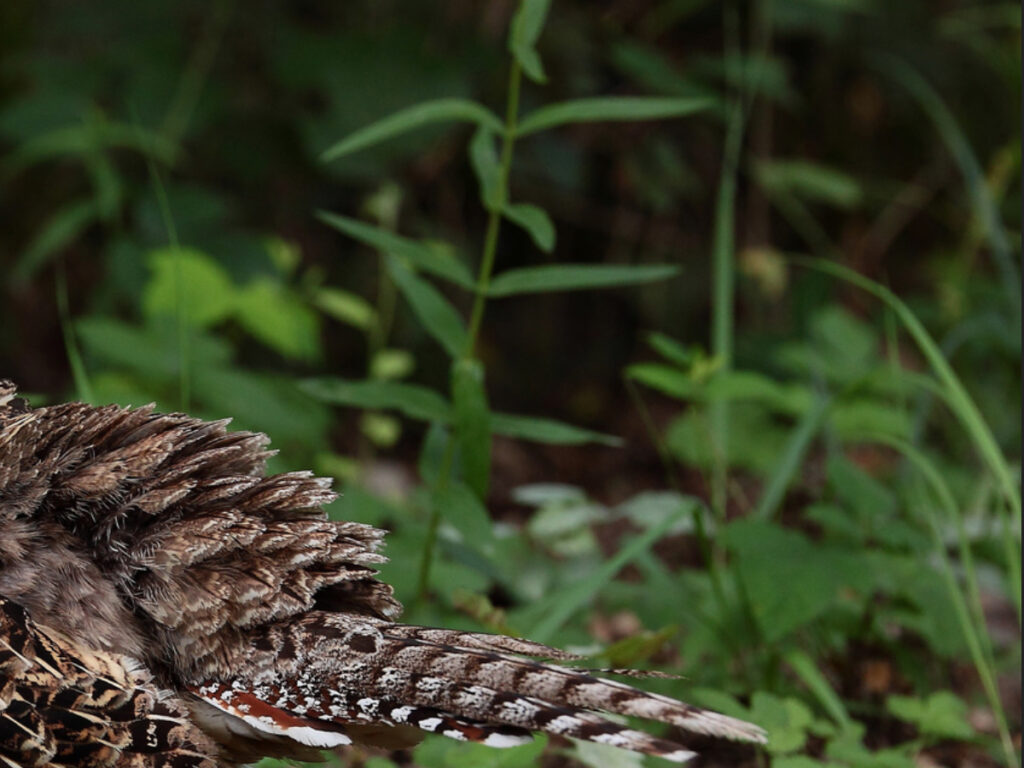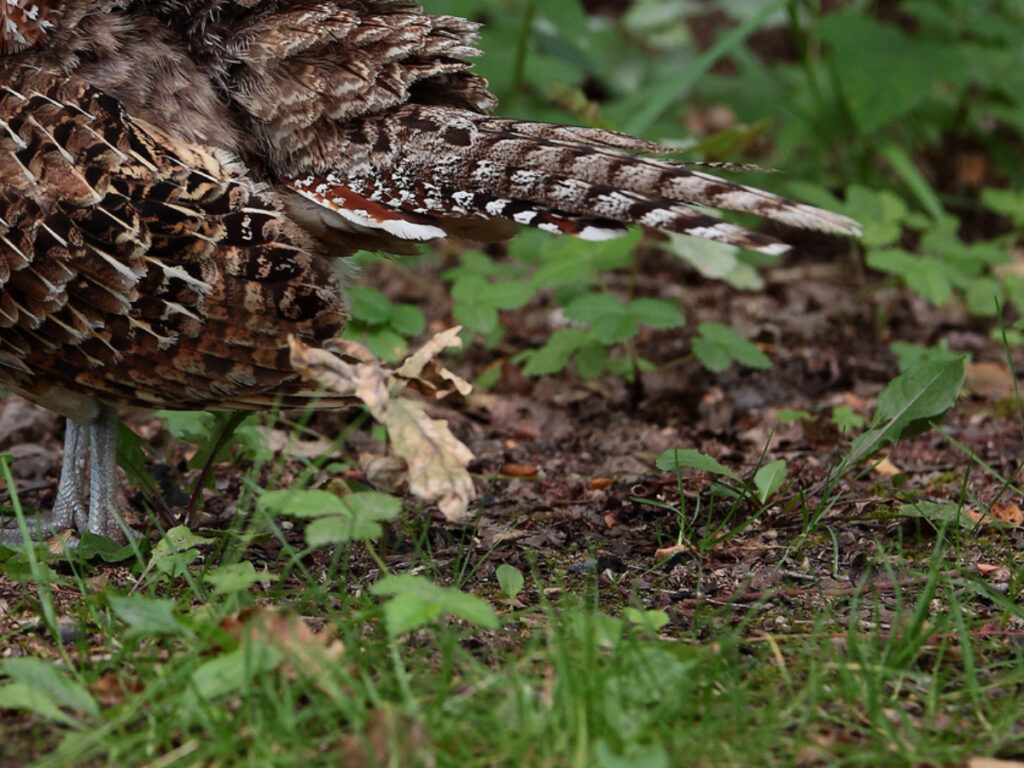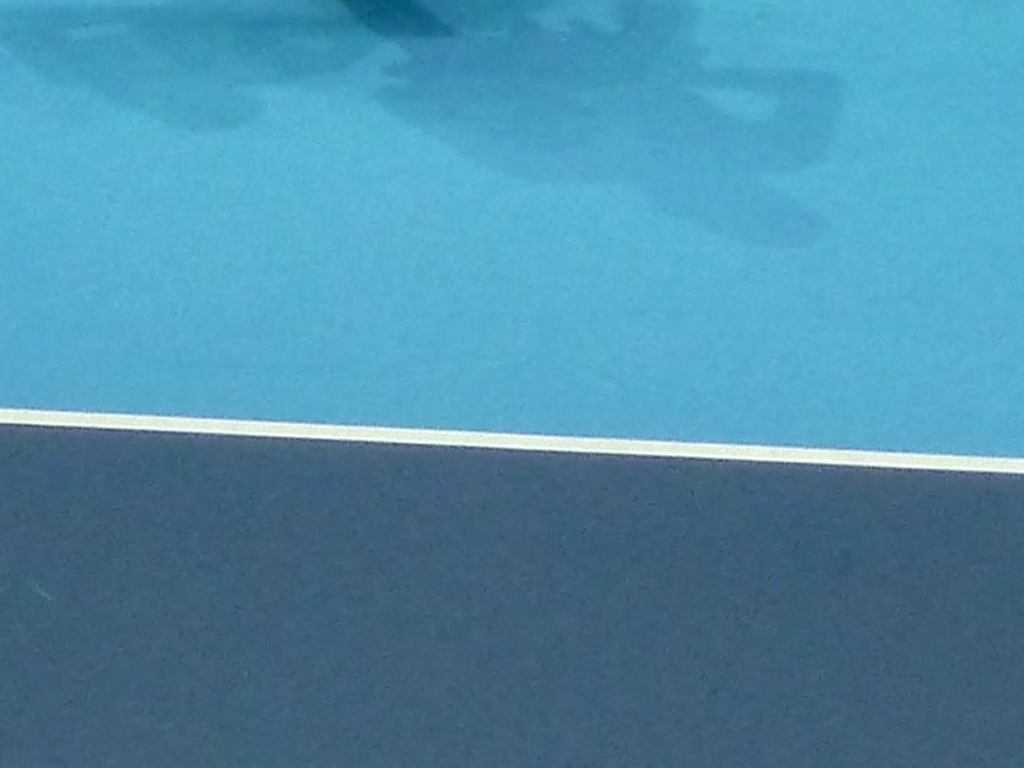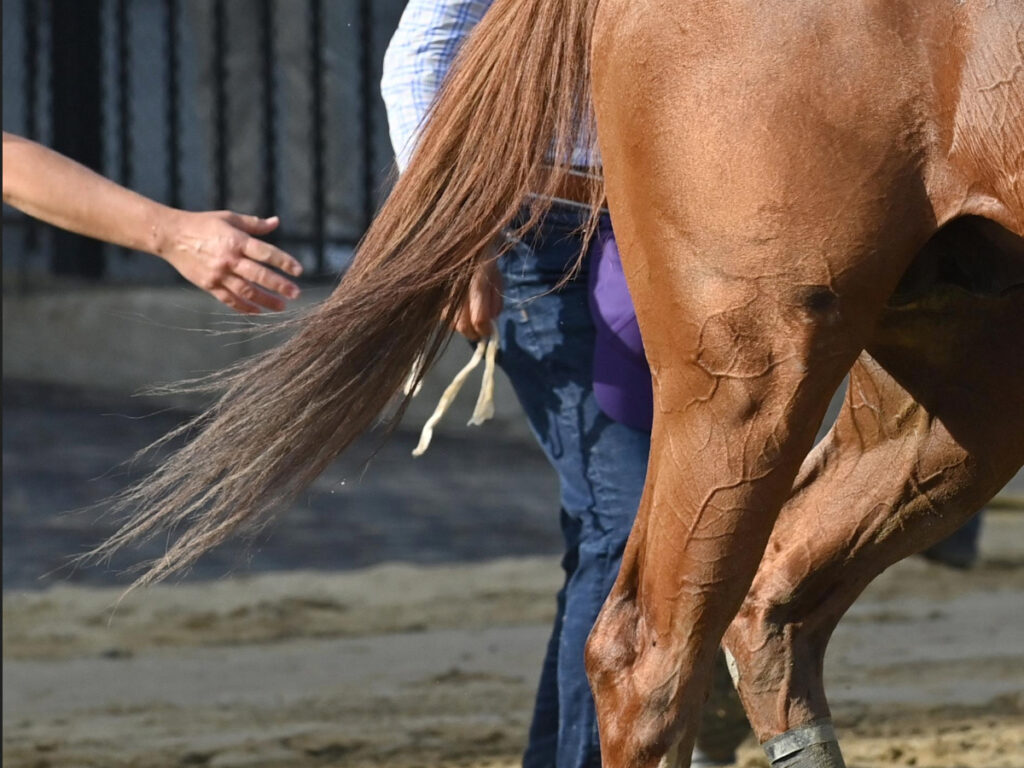Narcissus poeticus:Reflections on a Taxonomy of Image x Text Sally Alatalo
the improbable, 08/31/23
Originally published in The Improbable, No. 1: Time Indefinite, Siglio, 2020. All rights reserved. © 2020 Sally Alatalo. Reproduced with permission.
If Image x Text represents hybridity, from which taxa would each Image and Text originate? An intraspecific weld between a species’ sub-species? Interspecific, between species of the same genus? Intergeneric, between different genera? Would our hypothetical taxonomy intersect their parent classifications of images and literature in the same way that transparent pages of anatomy textbooks pile on systems of muscle, bone and nerve? Or would it constitute a different system altogether, a genomic intervention?
Let’s capitalize on their etymological origins and consider a correspondence between genre and genus to further the experiment. We wouldn’t be the first to do so. In 1889, the French literary critic Ferdinand Brunetière proposed a study of the evolution of artistic and literary genres parallel to Darwin’s then relatively recent On the Origin of Species by Means of Natural Selection. Brunetière “exhausted the possible combinations” of the evolution of historical painting—and by extension literature—concluding that “each of these successive forms, which we can combine all together, it appeared to us, at its origin, as a dismemberment, and, in its development, as an extension of the previous one.”
Historic lineages of Image x Text, especially in book form, correspond to those into which Brunetière orders painting and literature. Illuminated religious manuscripts beget mythologies, which in turn, morph into histories. Precious parchments are scraped and reused, leaving palimpsests for future microscopes and x-rays, while making way for bestiaries, herbals, encyclopedia and emblem books to barter morals with the sciences. Commonplace books nestle recipes with literature, prayers with politics, charts with proverbs, their constituent parts combining into unique portrait sub-species. Artists illustrate literature in their own styles and techniques, creating competing meanings of favored scenes; captions and excerpts further complicate the picture. Engravings commissioned to illustrate one tome are repurposed for others, often less-than-related, to save costs. The continuous cross-pollination of content inevitably refuses categorization of form: a journal doubles as travelogue and scrap book; a ship’s log takes turns as sea diary, atlas, illustrated catalog of fishes, a love letter longing for home.
Genealogy, environment and chance hum along, threading one text to another, one image to another, an image to text, text to image, complicating syntax: is the picture a noun, a verb or simply a conjunction? Floods of paper and print continue to spawn tabloids, catalogs, instruction manuals, packaging, labels, ticket stubs, receipts, junk mail (maybe its own Kingdom, or at least Family), doodles, lists — every sub-species, variety, forma, cultivar and hybrid under the sun. Does the ephemeral glut of these descendants finally constitute dismemberment from their ancestors, an exhaustion of meaning, the end of a fertile line? Or does another cycle of potential courtships between their images, texts, forms and meanings emerge?
Imagine how easily the cute pictures in a magazine article recommending the domestic suitability of beagle pups conflate with neighboring advertising images: Well behaved [woman cleaning]. Amiable disposition and alert [woman smiling just the right amount while serving guests at a dinner party]. A favorite with children [woman bathing a smiling baby]. Can be easily trained in manners and tricks [woman preparing a meal]. An ideal companion [woman resting her head on a man’s chest]. Do these kinds of juxtapositions, whether by chance or intention, mirror literary devices, such as irony or metaphor, and create viable, if momentarily fragile extensions of previous, more established forms?
In Kingdom Plantae, numerous genus names derive from mythology, aligning observations and classification of flora with historic images and texts. Perhaps the most suitable for our analogy is the myth of Narcissus, who fatally leans into his watery, unobtainable reflection to perpetually reincarnate as a flower—a daffodil, Narcissus poeticus, as famed Swedish botanist Carl Linnaeus would have it. The myth of Narcissus itself precipitates a hybrid (x Echo), whose recursive call we hear in the naturalized Narcissus poeticus var. recurvus (bent back on itself); in the work of the hybrid Botanist x Poet, breeding and provocatively naming a swell of successive cultivars: ‘Barrett Browning’ ‘Keats’ ‘Angel’s Tears’ ‘Dove Wings’ ‘Paperwhites’ ‘Pheasant’s Eye’ ‘Rapture’; and in classifications yet to be imagined, differentiated, inscribed and reflected.
Sally Alatalo hybridizes Text x Image x Horticulture x Garden Cuisine, often using the book format, on a small farm and woodlands in rural SW Michigan. Recent projects include a book-length representation of the surface area of soil particles; the installation of a two-acre native pollinator habitat; and a prospectus for a Plasticarium, an archive of plastics modeled on collection, classification and research strategies represented in museums, herbaria, libraries and other archives.
see also
The Improbable
The Entangled ImaginationA Fictive DialogueAnn Lauterbach

The Improbable
Feeling Brought inFlexing, Fluxus, Flexibility and Afrofuturist Seeing of Dick HigginsTracie Morris

The Improbable
On the Violence of the ArchiveJ. Mae Barizo

The Improbable
Dick Higgins, PublisherNotes Toward a Reassessment of the Something Else Press Within a Small Press HistoryMatvei Yankelevich

✼ the improbable:
from Issue, No. 1 (Time Indefinite), “Dick Higgins, Publisher: Notes Toward a Reassessment of the Something Else Press Within a Small Press History” by Matvei Yankelevich: “To find connections between poetry, small press publishing, and the art scene of the early 1960s, one may look no further than Higgins’ own network.”
[...]